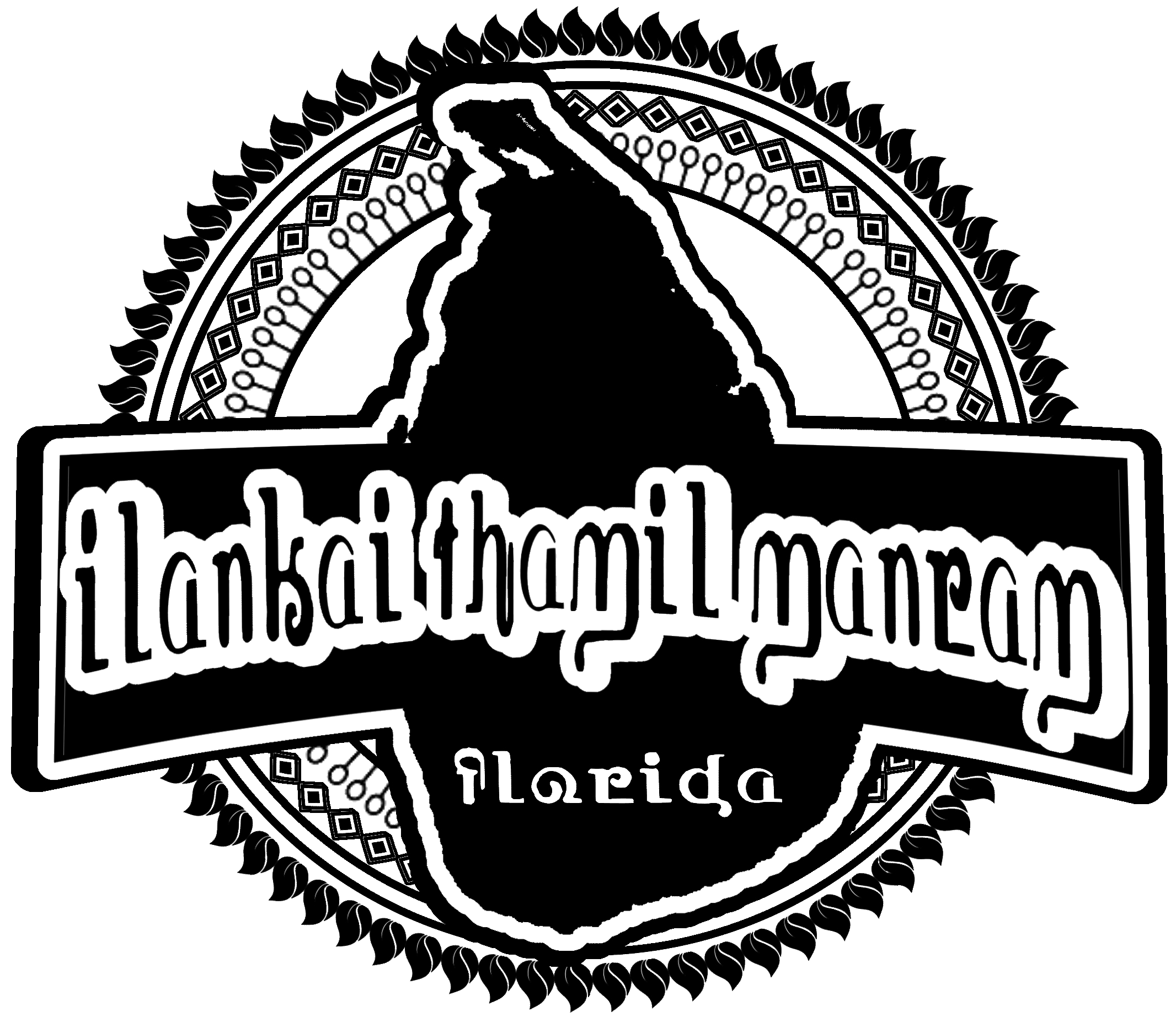
The jackfruit is a relatively widespread yet precious commodity in Sri Lanka, therefore it is not surprising that it was chosen to be the national fruit.
The jackfruit is the largest tree-borne fruit in the world, and it is the fruit of the jackfruit tree, Artocarpus heterophyllus. It originated in south or southeast Asia, although it is unclear where it grew first. However, the two locations where it was likely first domesticated are India and Malaysia, possibly around the same time. The name jackfruit is presumed to come from the Portuguese name for the fruit, jaca, which is probably a derivation of the Malayalam name ചക്ക (chakka).
The jackfruit tree can grow up to seventy feet tall, and individual jackfruits can weigh over a hundred pounds. A tree can produce two hundred to five hundred fruits a year. Although the smell of the ripe jackfruit can be quite pungent to some, the fruits are extremely healthy and packed with nutrients. While only recently becoming more popular in the west, the jackfruit has been a staple of Asian markets for quite some time.
While the jackfruit tree may have been native to Sri Lanka for centuries, most trees were destroyed by the British, who transformed the land for production of tea, cinnamon, and rubber. Many rice paddies, long the main food source for much of the island, were also expropriated for this purpose. In order to solve the problems created by these actions, in 1915, a Sri Lankan independence activist named Arthur V. Dias began a movement to plant jackfruit across the island. His goal was to plant a million jackfruit trees, and by sourcing seeds from Malaysia, he managed to be largely successful.
His foresight helped the island avoid many of the food shortage problems suffered in other lands in the aftermath of British rule. The high-yielding jackfruit allowed the island a great degree of food self-sufficiency, especially in times of poor harvests. Because of his achievement, Dias is known as “Kos Mama,” or “Uncle Jack.” The tree itself has earned the nickname “bath gasa,” or “rice tree,” because it has become such a staple. In the 1970’s, a series of droughts struck the island, wiping out much of its food production. Thanks to Dias’ efforts, the widespread jackfruit trees prevented famine, and due to their utilization at the time, jackfruit was known as “starvation fruit.”
Jackfruit has a multitude of uses in Sri Lanka, and can be incorporated in anything from curry to ice cream. The sweetness of its taste lends itself well to desserts, while its chewy texture allows its use as a meat substitute in some dishes. It is not just the meat of the fruit that is usable, but the seed pods may be cooked as well. Jackfruit trees are so prized in Sri Lanka that they may not be cut down without a permit, and there is a new recent push to plant another three million jackfruit trees across the island.
